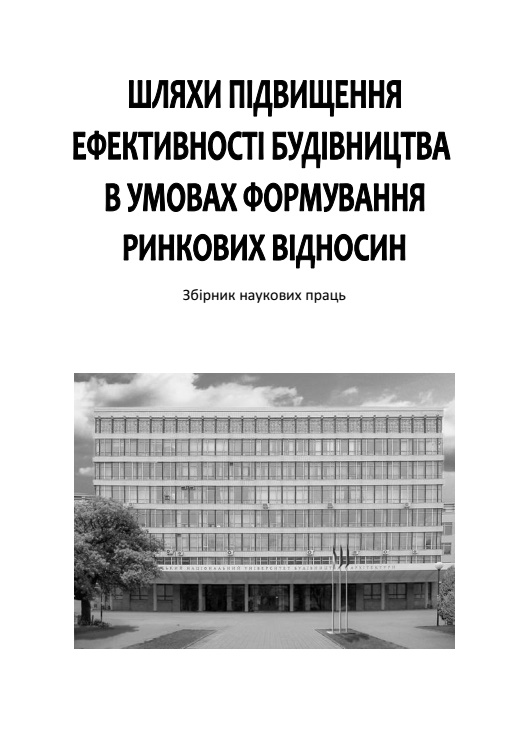Improvement of fire protection of fabrics with intumescent coatings
DOI:
https://doi.org/10.32347/2707-501x.2022.49(1).29-37Keywords:
fabric, textile materials, finishing, intumescent coating, fire protection, flammability temperatureAbstract
Based on the analysis of literature sources, the article finds that today it is difficult to imagine the protection of human lives from fire without fire-retardant coatings on textiles. Precisely defined standards allow to determine the requirements for textile materials that have fire protection. It is hardly possible to prevent the inflammation of textiles due to their physical parameters (melting point, flash point). However, it is possible to extend the time for people to escape to start rescue operations by using appropriate fire protection systems or a combination of individual active ingredients. Reducing flammability and developing flammable and combustible materials is one of the main ways to prevent fires and solve the problem of expanding the scope of these materials. Treatment with flame retardants significantly affects the spread of flames, can significantly reduce the ability to smoke and heat. Therefore, research aimed at determining the patterns of fire protection paths used for the manufacture of textiles is relevant. One of such promising areas is the study of the formation of a layer of foam cone in the fire protection of the fabric with intumescent coatings. Experimental studies to determine the fire-hazardous properties of the tectile material revealed the ignition of the untreated sample, while for the fire-retardant – the process of ignition and spread of the flame did not occur. Inhibition of the process of ignition and spread of flame for such a sample is associated with the decomposition of flame retardants under the action of temperature with heat absorption and release of non-combustible gases (nitrogen, carbon dioxide), changing the direction of decomposition towards non-combustible gases and flame retardant coke. This indicates the possibility of transition of the textile material during the processing of the composition to materials that are flammable, do not spread the flame on the surface.
References
Horrocks A.R. High performance textiles for heat and fire protection. High Performance Textiles and their Applications. Woodhead Publishing Series in Textiles. 2014. Р. 144-175. https://doi.org/10.1533/9780857099075.144.
Rösch H. Flame retardents: Modern flame-retardant systems and selected test methods for textiles. International Dyer. 2006. Vol. 191 (8). Р. 12-14.
Tsapko Yu., Tsapko А. Modeling a thermal conductivity process under the action of flame on the wall of fireretardant reed. East European Journal Enterprise Technologies. 2018. Vol. 2, №10 (92). Р. 50-56.
Жартовский В.М., Цапко Ю.В. Профілактика горіння целюлозовмісних матеріалів. Теорія та практика. К.: ДП “Друкарня МВС України”, 2006. 248 с.
Chan S.Y., Si L., Lee K.I. et al. A novel boron–nitrogen intumescent flame retardant coating on cotton with improved washing durability. Cellulose 25, 843–857 (2018). https://doi.org/10.1007/s10570-017-1577-2
Blomqvist P., Bergstrand A., Neumann N., Thureson P., Bengtsson S. Fire safety of textile membranes in temporary structures. Fire and Materials. Proceedings 14th International Conference and Exhibition. 2015. Р. 554-567.
Zhu H., Kannan K. Determination of melamine and its derivatives in textiles and infant clothing purchased in the United States. Science of the Total Environment. 2020. Vol. 710, 136396. DOI: 10.1016/j.scitotenv.2019.136396
Ackerman M., Batcheller J., Paskaluk S. Off gas measurements from FR materials exposed to a flash fire. AATCC Journal of Research. 2015. Vol. 2 (2). Р. 1-12.
Kozlowski R., Muzyczek M., Mieleniak B. Upholstery fire barriers based on natural fibers. Journal of Natural Fibers. 2004. Vol. 1 (1). Р. 85-95.
ДСТУ 4155. Матеріали текстильні. Метод випробування на займистість. [Чинний від 2004-01-01]. Вид. офіц. Київ: Держспоживстандарт України, 2003.
Downloads
Published
How to Cite
Issue
Section
License

This work is licensed under a Creative Commons Attribution 4.0 International License.
Authors who publish with this journal agree to the following terms:
- Authors retain copyright and grant the journal right of first publication with the work simultaneously licensed under a Creative Commons Attribution License that allows others to share the work with an acknowledgement of the work's authorship and initial publication in this journal.
- Authors are able to enter into separate, additional contractual arrangements for the non-exclusive distribution of the journal's published version of the work (e.g., post it to an institutional repository or publish it in a book), with an acknowledgement of its initial publication in this journal.
- Authors are permitted and encouraged to post their work online (e.g., in institutional repositories or on their website) prior to and during the submission process, as it can lead to productive exchanges, as well as earlier and greater citation of published work (See The Effect of Open Access).

